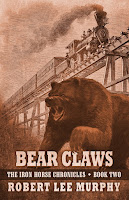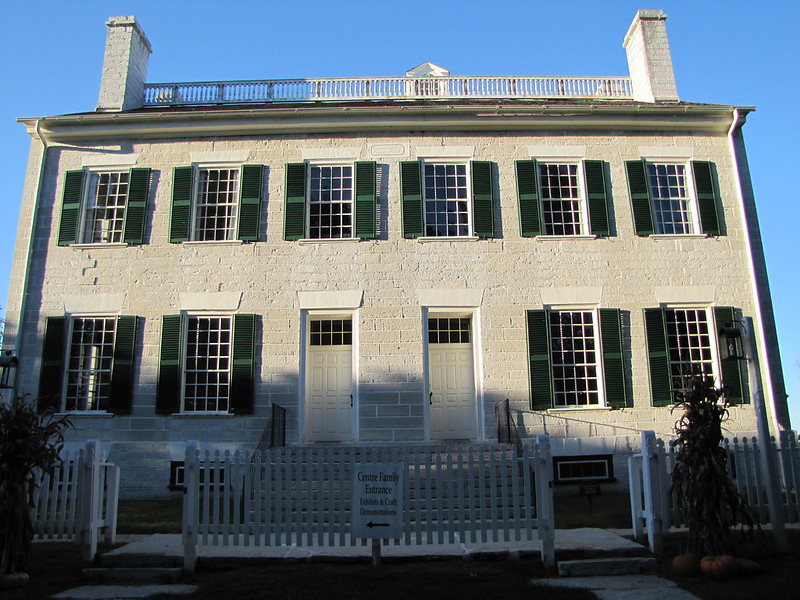It's Thanksgiving, so first, a moment to remember all those who've paved the way for us - be they writers, readers, or unknown participants in our collective history. We are on a path together and as writers of historical fiction, we know how important it is to remember.
Our best work takes readers into another time and place to experience something in the past, as though it is happening now. It helps them to understand how it felt to be there. In some ways, we are recreating eye witness accounts. Which brings me to my point.
At this particular moment in history, I believe those of us who are, say over 50, have a duty , to share our stories. Perhaps younger folks don't remember what the Ku Klux Klan is. Perhaps they didn't have friends whose parents survived the holocaust. Perhaps they don't remember the Civil Rights Movement or the Vietnam years. Do they know what it was like to see a friend sneak away to Mexico for an illegal abortion? Or to have a grandparent to die suddenly, because they didn't have access to medical care? Perhaps they can't believe people were denied jobs because they were women, black, brown, or gay? Perhaps they don't know what our soldiers endured in World War II or Korea or Vietnam to ensure that we can speak our minds freely. If you are worried about that echo chamber effect, then share in person, to the younger folks you know who might not remember. We are elders now and it is our responsibility to pass on these stories. They are real and important.
Our best work takes readers into another time and place to experience something in the past, as though it is happening now. It helps them to understand how it felt to be there. In some ways, we are recreating eye witness accounts. Which brings me to my point.
At this particular moment in history, I believe those of us who are, say over 50, have a duty , to share our stories. Perhaps younger folks don't remember what the Ku Klux Klan is. Perhaps they didn't have friends whose parents survived the holocaust. Perhaps they don't remember the Civil Rights Movement or the Vietnam years. Do they know what it was like to see a friend sneak away to Mexico for an illegal abortion? Or to have a grandparent to die suddenly, because they didn't have access to medical care? Perhaps they can't believe people were denied jobs because they were women, black, brown, or gay? Perhaps they don't know what our soldiers endured in World War II or Korea or Vietnam to ensure that we can speak our minds freely. If you are worried about that echo chamber effect, then share in person, to the younger folks you know who might not remember. We are elders now and it is our responsibility to pass on these stories. They are real and important.












